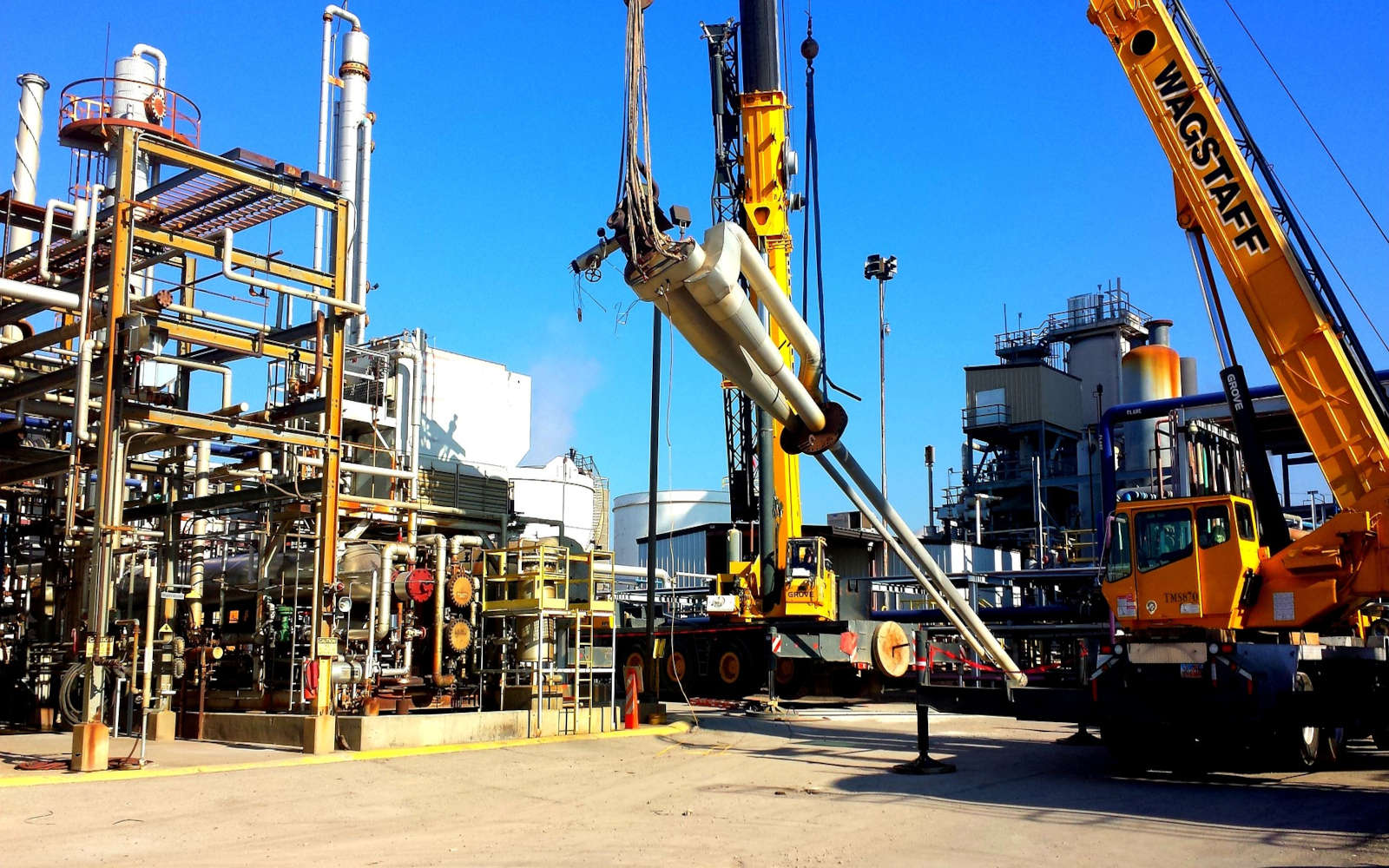The oil and gas industry faces numerous safety challenges due to the presence of hazardous gases. Effective gas detection and monitoring systems are critical to ensuring worker safety, protecting equipment, and maintaining regulatory compliance.
This article explores the common gases encountered in the industry, their uses, associated risks, advanced detection technologies, and best practices for safety.
Common Gases in the Oil and Gas Industry
- Hydrogen Sulfide (H₂S): Often referred to as a “silent killer,” H₂S is highly toxic and can cause severe respiratory problems or death. It is commonly found in natural gas and crude oil, particularly in sour gas fields. H₂S is known for its distinct rotten egg odor at low concentrations, but at higher levels, it can deaden the sense of smell, making it undetectable without proper equipment.
- Methane (CH₄): A primary component of natural gas, methane is highly flammable and poses significant explosion risks. It is particularly hazardous in confined spaces where it can accumulate and form explosive mixtures with air.
- Carbon Monoxide (CO): Produced by incomplete combustion, CO is a colorless, odorless, and highly toxic gas. It can be fatal even at low concentrations, especially in confined spaces or poorly ventilated areas.
- Volatile Organic Compounds (VOCs): These compounds, including benzene and toluene, are found in various petroleum products. VOCs are harmful to human health, with some being carcinogenic. They also contribute to the formation of ground-level ozone and smog.
Risks and Safety Concerns in the Oil and Gas Industry
The presence of these gases in oil and gas operations poses significant risks, including:
- Explosion Hazards: Methane and other hydrocarbons are highly flammable, and their presence increases the risk of fires and explosions, especially during drilling and refining processes.
- Toxic Exposure: Gases like H₂S and CO can cause acute and chronic health effects, including respiratory issues, neurological damage, and even death.
- Environmental Impact: The release of VOCs and methane contributes to air pollution and climate change, making effective monitoring crucial for environmental protection.
Advanced Gas Detection Technologies
Modern gas detection systems provide continuous monitoring and real-time alerts, helping to manage the risks associated with hazardous gases. Key technologies include:
- Fixed Gas Detectors: These devices provide continuous surveillance in critical areas such as drilling rigs, refineries, and storage facilities. They are essential for early detection of gas leaks and can be integrated with alarm systems to trigger automatic shutdowns or ventilation.
- Portable Gas Detectors: These are crucial for personnel safety, especially in confined spaces or areas where fixed systems are not feasible. Portable detectors allow for real-time monitoring of personal exposure levels.
- Infrared (IR) and Catalytic Sensors: IR sensors are particularly effective for detecting hydrocarbons, while catalytic sensors are widely used for detecting flammable gases. Both technologies offer high sensitivity and accuracy.
- Photoionization Detectors (PIDs): PIDs are used to detect VOCs, providing real-time measurements of these hazardous compounds.
Best Practices and Safety Protocols
- Regular Calibration and Maintenance: Ensuring that all gas detection equipment is regularly calibrated and maintained is critical for accurate readings and reliable performance.
- Comprehensive Monitoring Strategy: A layered approach using both fixed and portable detectors provides thorough coverage and enhances safety. Fixed detectors monitor high-risk areas continuously, while portable units offer flexibility for dynamic environments.
- Employee Training and Emergency Response: Regular training programs help employees understand the risks and proper use of detection equipment. Developing and practicing emergency response plans ensures a quick and effective reaction to gas leaks.
- Data-Driven Decision Making: Utilizing data from gas detectors helps identify potential hazards and improve operational efficiency. Continuous monitoring systems can also help in reducing maintenance costs and downtime by providing early warning of issues.
The oil and gas industry’s complex and hazardous environments necessitate robust gas detection and safety systems. Interscan offers reliable solutions, including fixed and portable gas detectors, tailored to meet the specific needs of oil and gas operations.
For more information or to request a quote, contact us today. Implementing these advanced systems can significantly enhance safety, compliance, and operational efficiency in your facility.


